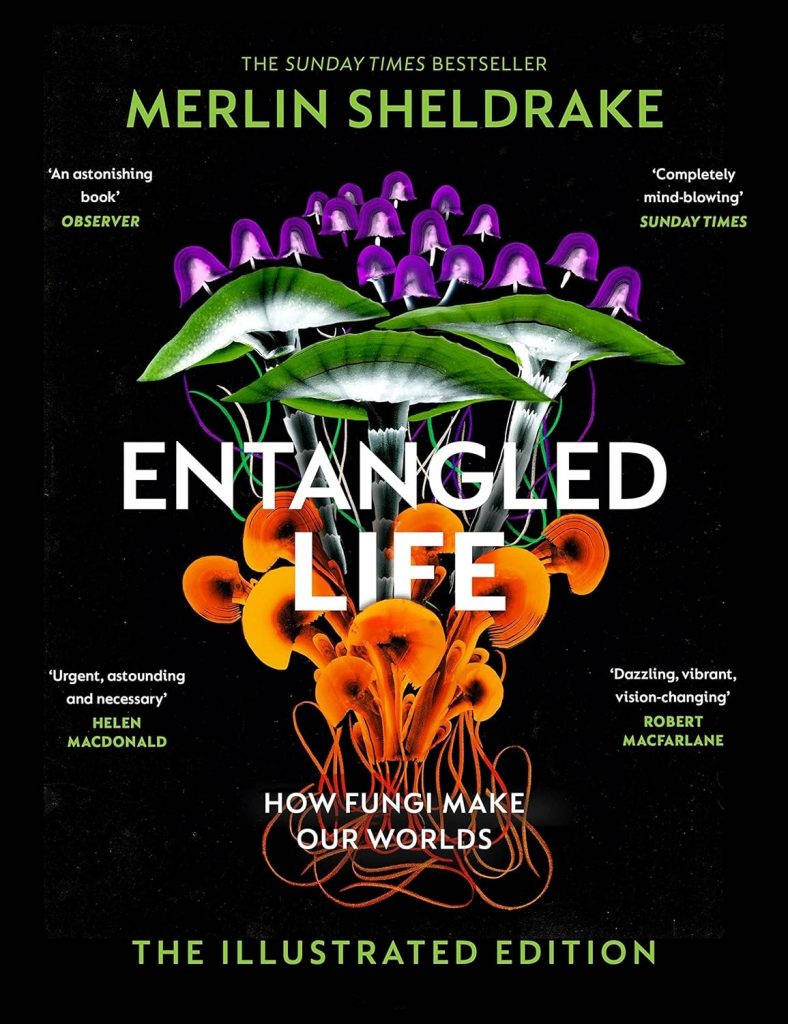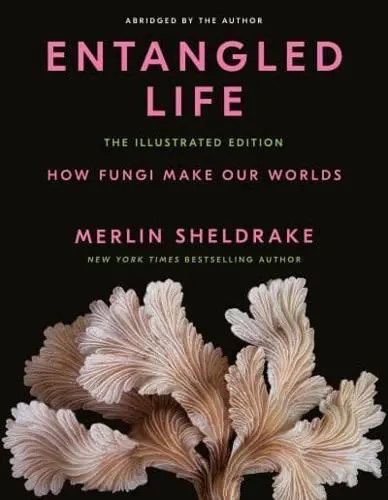MUSiC: Kent Nishimura, Synchronicity 2
Woah, Nelly! I only (fairly) recently discovered this guy. I think I first came across him via (?)…
I love what he does, combining strong rhythm, with chords and melody, such that you wind up with a near as dammit complete rendition of the original – in this case Sting by and co. (guitar, bass, drums, and poss also keys?) all on the one acoustic axe!
Great work, Kent!
It’s also a timely reminder what a checking number Synchronicity 2 is. hearing this version takes me waaay back, to my mid abs late teens. Listening to all the Police records back in the family home, in Comberton. Bittersweet memories of a long lost era.
Bu that’s one of many things that’s so Amical about music, how it can be connected with certain places and times. Fab!
WORK: Amazon Flex Hours Capping
I’ve been experiencing extreme difficulty booking sufficient hours to meet my weekly budgeting target, driving for Amazon. There are numerous reasons.
One of these, which I only just learned about, is the capping policy they operate. As the video above explains, they cap weekly hours at a total of 24.
There’s more to it than that, though, as the video explains. One of the issues is that I don’t want to be wasting time trying to book more shifts when the app simply won’t let me.
Amazon should def’ make a change to the Flex app, IMO, such that it lets you know when you’re no longer able to book any further work. This would prevent folk like me wasting time hitting ‘refresh’ at times when doing so is purely wasting time.
So I’vw submitted that idea, via the Flex ‘feedback’ page…
HOBBiES: 1/72 Tiger I, Pt. 7

Once home, after work, my chief goal was to further the work on the engine and engine bay of the Tiger I. In the above pic I’ve altered the support/base, and added more front end detail to the engine itself.

The engine sits better now. But there’s still a lot to be done.


The above ref, from a restoration project (poss’ Bovington’s 131?), drew my attention to several things: the spacing of certain objects on my engine was wrong; and I needed to add lots of pipe work.



The pipework proved to be incredibly fiddly. Frustratingly so! Superglue was involved; gluing styrene and metal. And, as ever, it was a nightmare.

One pic I didn’t take, but really should’ve, shows how the engine and pipework might go together. The moved air-filters, shortened engine, and pipes, all combine to make a compact and complex engine. It’s a lot of work. But hopefully it’ll all be worth it!?

Hopefully tomorrow I’ll get all these major bits installed. Though having said that, there’s the question of engine bay wall detail.
DAYS OUT: Wittering & Whatnot

Today was a funny old day, and no mistake. I got tearful at Lloyds. Thankfully the manageress, Lindsey, was understanding. the cause? Poverty. I won’t go into the gory details. But skating on thin cracking ice is taking its toll.

Today’s Amazon delivery route (to be pronounced rout, as in a fleeing, defeated army… or, in pronunciation terms, American style) took me to Wittering and Stamford, amongst other places.

I wasn’t sure the fuel in the car would suffice to get me home. But it did, mercifully. Once home, we ate, and then I carried on with my Tiger I model.

SHiT: Dad, A&E, etc.

My dad, poor fucked up ol’ sod that he is, only just got back from a Papworth Hospital sleep clinic today (well, technically yesterday).
Teresa and I wanted to go see him/the Palmer family, as I was delivering for Amazon/Morrisons that evening. But for various reasons that idea fell through.
Dad was playing his martyred paranoiac role, whether in response to this – us not visiting them after all – or other stuff (his relations with family at home have been suffering, unsurprisingly), I’m not sure. So in the end I decided I’d pop round briefly, on my own, after work.
And what a fucking nightmare that turned into. By the time I’d arrived, he’d drunk most – one and a half – of two bottles of white wine. And when I arrived, or rather just after, he came staggering down the stairs, moaning and spitting/drooling. A truly horrific sight.
Turns out he’s only tried to drink some oil of feckin’ cloves!
I knew this was bad. But I googled it, to check. Sure enough: if ingested, it’s toxic, get medical help urgently. So, I rang 111; a totally and utterly useless waste of time. After over twenty minutes queuing no one had even picked up my call. So I decided to ring 999.
That was another saga in itself.
God help our poor NHS*, hacked to pieces and starved to death by disaster capitalist Tories, till it’s the shambolic mess we now have to deal with. And even so, it remains a treasure we’ll be utter fools to lose (but look at Brexit; we are prize fools).
We got a call back from a paramedic. What a joke and waste of time that was! Just reiterating what my first call had already established. And they insisted on quizzing dad, despite him being so fucked up. Do they do ‘20 questions’ with mashed up road-crash casualties. ‘Which of your limbs is missing, sir?’ Fucking insane!
Anyway, about an hour later an ambulance arrives. And over the next hour or so they examine dad, and, eventually, we persuade him to go in the ambulance to A&E.
He hates going to hospital, esp’ A&E. And I can totally understand and sympathise. You’re very ill, and you’re left, unattended, in the seven circles of Hell, for many, many hours, along with loads of other hapless paupers.
After my first suicide attempt, several months back, I had a horrible visit to Peterborough A&E: seven hours waiting! And then, when you do finally see someone, you wonder why you bothered going at all.
I wanted to feel that I’d done something good: visiting dad. And then when it all went weird and horrible, trying to look after him. But I’m not sure if I might not’ve helped trigger the whole sorry episode. A fear that fills me with guilt and horror.
Guilt and horror. Dad’s territory. Pure 100% charcoal black negativity. It’s so corrosive and destructive!
And there I am, telling dad he needs to change how he responds. Stop drinking, and think positive. First and foremost, quit the boozing. So what do I do en-route home? Stop for a pint. And things go down hill from there, for me now, as well as dad.
* As a devout atheist that’s tantamount to saying ‘we’re screwed’.
DiY: Master Bedroom Floor, Phase 3
Although the Leyland floor paint takes seven days to ‘fully cure’, after three, I’ve put some stuff back, mostly where it was before. Albeit with one or two little differences.


I have a plan to perhaps put down a herringbone parquet floor in here. In that case I won’t bother filling in the cracks/gaps, or where the screw-head divets are.
As can be seen above, there have been some radiator leaks, which dampened and damaged the floorboards.

I started by moving everything in this little area – chest of drawers and bureau, etc. – out of the way, and hoovering and sweeping all the detritus up and away.

I’m trying out the two chests o’drawers on the south wall, side by side. Previously they were stacked, and I really didn’t like that. That arrangement made the room feel even smaller and more cluttered than it actually is.
The only problem is that this man’s opening the office/studio door difficult. Gaaah! It’s all so hard, making a tiny space work, even you have too much stuff!

The undercoat dries in almost no time at all. I’ll get a coat of the Leyland heavy-duty stuff on next. I also want to paint the skirting boards, gloss white. Maybe I should do that at the same time?
BOOKS & STUFF: Entangled Life, Merlin Sheldrake, Pt. I

This looks interesting. And what a name! Merlin Sheldrake, sounds like a combo’ of Arthurian legend, psychedelia, ‘natural philosophy’ and twitching, all rolled into one wonderfully florid name.

I’d never heard of this guy, till I received an email from Topping Books, in which he’s one of several forthcoming author/book talk attractions. Of course, I’d heard of his dad, Rupert Sheldrake. More on this later.

Most of the (more stylish) pics on this post come from Merlin’s own very attractive and interesting website. Including this beauty:

As already alluded to above, a little bit of online research unearthed the result I anticipated: Merlin, and brother Cosmo, are the sons of Rupert Sheldrake.
Merlin is also, like brother Cosmo, a musician, playing piano and accordion. But, whereas with Merlin music is not what he’s famed for, brother Cosmo is first and fivemost (as my dad was fond of saying) a musical artist. His website is also worth checking out.
Returning to Merlin’s book (his first!), I actually prefer the cover of the illustrated edition, pictured below. And ours in support of this that’s he’s touring with the current crop of talks. Indeed, this is the book you get if you pay the hefty (£30) full ticket price.

We got the cheaper (£8) sans book tickets. And we, Teresa and I, are going with a pal (and her ‘plus one’). Something we have almost never done before! If I were more flush with capital, I’d unquestionably have got the gorgeous illustrated version. But straitened times won’t allow it right now.
Unsurprisingly, there’s a link with psychedelics. That may be problematic for me, as my experiences in that area, which started out ecstatically, rapidly descended into frightening bouts of extreme depression and paranoia.
But from a broader perspective – and hearing that Sheldrake may talk as much music and philosophy in this book as he does fungi – this looks very much like my cup of Java.
CARS: Skoda 1100

I found out about this beautiful car thanks to The Grand Tour’s, Eurocrash special, in which ‘the boys’ – well, ok, old men – travel from Poland to Slovenia.

Jezza’s large frame and portly belly find him getting stuck in a Formula Easter car at one point earlier in the same show. And frankly, it’s pretty surprising he fits in this sleek little number.
The remainder of the pics of this little doozy come from Skoda’s own web pages on the machine.







I mean… you gotta dig those wire wheels. And the lines are positively shark like. One can easily understand Clarkson’s rapturous reveries.
Read more about it in Wikipedia, here. And I’m always interested in finding out whether such things exist in model form (as that’s as close as in likes to get!). All I could find is this.
HOBBiES: 1/72 Tiger I, Pt. 6
Been so busy working, and doing the bedroom floor, this Tiger tank project has had to wait.

I put some axles in the bottom of the hull. The only thing I could find of approx’ the right diameter was some old very soft solder wire.

My first attempt at the engine itself – above – was way too tiny. And ultimately got scrapped, and turned instead into an inverted engine base/support. See below.


So I had to rebuild a far bigger engine, pictured above. I decided to built just a top slice, so to speak. As what lays below will be unseen, mostly. This was hard work, but fun. And I had ample opportunities to use various sized hole-punches from the set I recently acquired.

The above pic shows a trial fitting. Whilst it’s nice to see the engine more or less in situ, it’s definitely sitting too low at present. I also note that I’m going to need to build some of the front detail up, as this will be visible.

So the engine comes back out. And tomorrow I’ll do some front detailing. Then there’s all the little oddments of detail I’ll need to add to the internal walls and tops of the compartments. At present they’re way too plain/blank.
All good clean fun! And very enjoyable.
